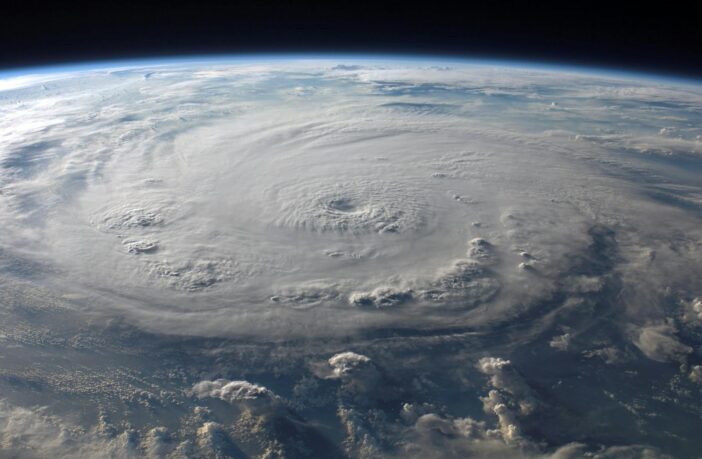Word in Black is a collaboration of 10 of the nation’s leading Black publishers that frames the narrative and fosters solutions for racial inequities in America.
More than 2.3 million homes and businesses are without power after Hurricane Beryl, downgraded to Category 1 after hitting category-5 wind speeds last week, made landfall in Houston, Texas, on Monday.
The storm slowed even more after moving off of the water and over Texas and continued to dump water over the city as a tropical storm, leading to extensive flooding. Parts of Houston have seen 10 inches of rain, and certain areas could see as much as 15 inches. And as was seen with Hurricane Harvey in 2017, it’s often the city’s Black neighborhoods where the floodwaters crest the highest.
The destruction in Houston marks yet another area with a sizable Black community that Beryl has hit since forming in the tropical Atlantic late last month. The storm, which is abnormally large from so early in the hurricane season, first made landfall in Grenada on July 1 at Category 4 wind speeds, and then cut a path across the Caribbean, causing damage in Barbados, Trinidad and Tobago, Haiti, the Dominican Republic, Jamaica, and other island nations before making landfall in Mexico and turning toward the north.
“I’m scared but mostly f****** livid,” Rueanna Haynes, a climate negotiator from Trinidad and Tobago, wrote on Twitter. During COP 21 in Paris back in 2015, she spoke about how vital it was for the future of island nations to keep warming below 1.5 degrees Celsius. Now, not quite a decade later, global temperatures have been over that threshold for an entire year, and we’re seeing hurricanes like Beryl hit Category 5 during a time of year when storms tend to be much smaller.
While it didn’t make direct landfall, with just the eyewall skirting the southern coast, Beryl reached Jamaica as a Category 4, the strongest hurricane to ever hit there. Nearly all of Kingston’s 1.24 million residents lost power.
“For the major emitters of greenhouse gasses, those who contribute most to global warming, you are getting a lot of talking, but you are not seeing a lot of action,” Ralph Gonsalves, the prime minister of St. Vincent and the Grenadines, which is two-thirds Black and was devastated by Beryl, told The Guardian, “as in making money available to small-island developing states and other vulnerable countries.”
Not all storms cut such a distinctly Black path, and Beryl did cause significant damage in Mexico’s Yucatan peninsula, too. But its trajectory reminds us who is often at the greatest risk when hurricanes blow through. The disparity in risk for Black Americans is pronounced even within the hurricane-prone southeast: Black residents are nearly twice as likely to be affected by a storm than white residents are.
This story was originally published online with Word In Black, a collaboration of the nation’s leading Black news publishers (of which the Informer is a member).



